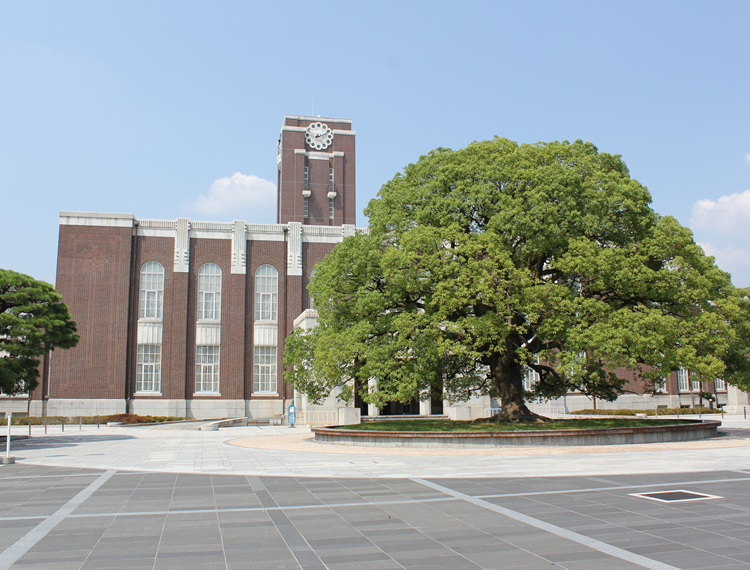The program started with an excellent keynote presentation by Mark S. Golden from the Van der Waals-Zeeman Institiute in Amsterdam, “Topological insulators and superconductors”. After a good introductory overview on topologically non-trivial states of matter, Mark presented their efforts in microfabricated structures of topological materials. Topological uperconductivity including interesting novel in-gap states were observed in superconductor/topological semi-metal Josephson junctions and the bulk properties of topological superconductors were addressed.
The next talk by Alex Drozdov from the Max-Planck-Institute of Chemistry in Mainz covered one of the most exciting recent developments in the field of superconductivity in his talk “High temperature superconductivity in hydrides at high pressures” . Long believed to suffer from an upper boundary in the maximal superconducting transition temperature around 30K, phonon-mediated conventional BCS-superconductivity recently entered the stage of high temperature superconductivity. In metallic sulfur-hydride under extreme pressure, high electron phonon coupling coexists with high frequency phonons originating from hydrogen modes, leading to extremely high transition temperatures as predicted by Eliashberg theory. Their experimental effort showing the hallmarks of superconductivity above 200K include zero resistance, Meissner shielding, and an isotope effect, and make a compelling case for superconductivity.
The session was continued by the talk titled “High Temperature Superconductivity of Highly Compressed Materials” given by Katsuya Shimizu. In the talk he reported his recent results on the structure of H3S under high pressure P = 100 – 200 GPa obtained by XRD. The collected x-ray diffraction data showed good agreement with the theoretically predicted structures of R3m and Im-3m4,5. No structural difference was observed between at 10 K and room temperature. Further he reviewed his work on Ca.
In the next talk “Pairing mechanism of BiS2 superconductor: A first-principles study” Ryotaro Arita presented theoretical ab initio calculations of the critical temperature of novel BiS2-based layered superconductors, which are attracting broad interest. He described his new method of first principle calculation and showed that conventional phonon-mediated pairing cannot explain the high superconducting transition temperatures observed in this material.
The last talk of the session titled “Emergent electronic phenomena in π-electron molecular systems” was given by Kosmas Prassides. The first part was devoted to the investigation of C60-based solids with stoichiometry A3C60 (A = alkali metal), which display the highest upper critical magnetic field (Hc2 > 90 T) among all known three-dimensional superconducting solids.
The second part of the talk was devoted to synthesis of f ionic salts of polyaromatic hydrocarbon. Whereas Cs2(C14H10) is diamagnetic due to orbital polarization, Cs(C14H10) is a Heisenberg antiferromagnet with a gapped spin-liquid state emerging from the coupled highly frustrated Delta-chain magnetic topology of alternating-exchange spiral tubes of S = ½.
